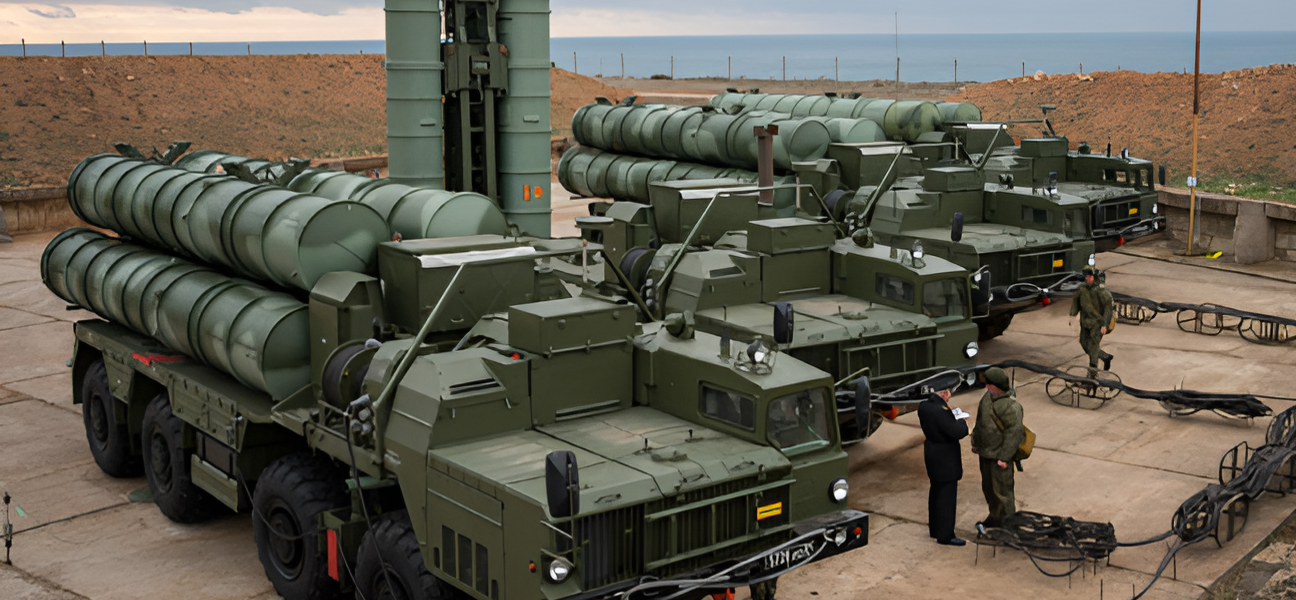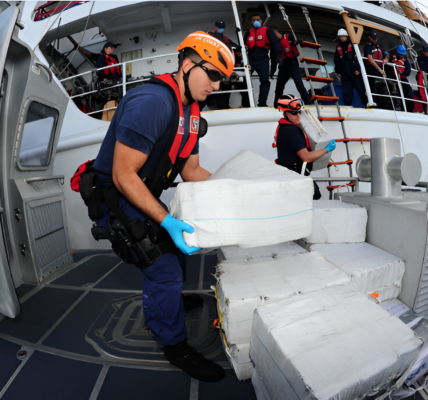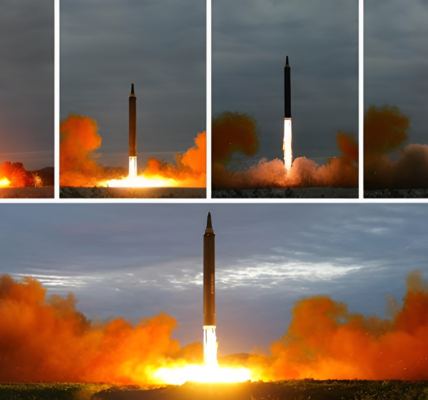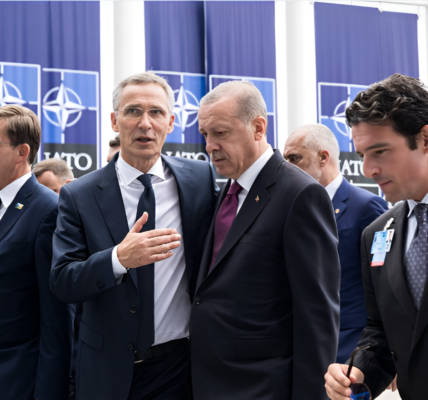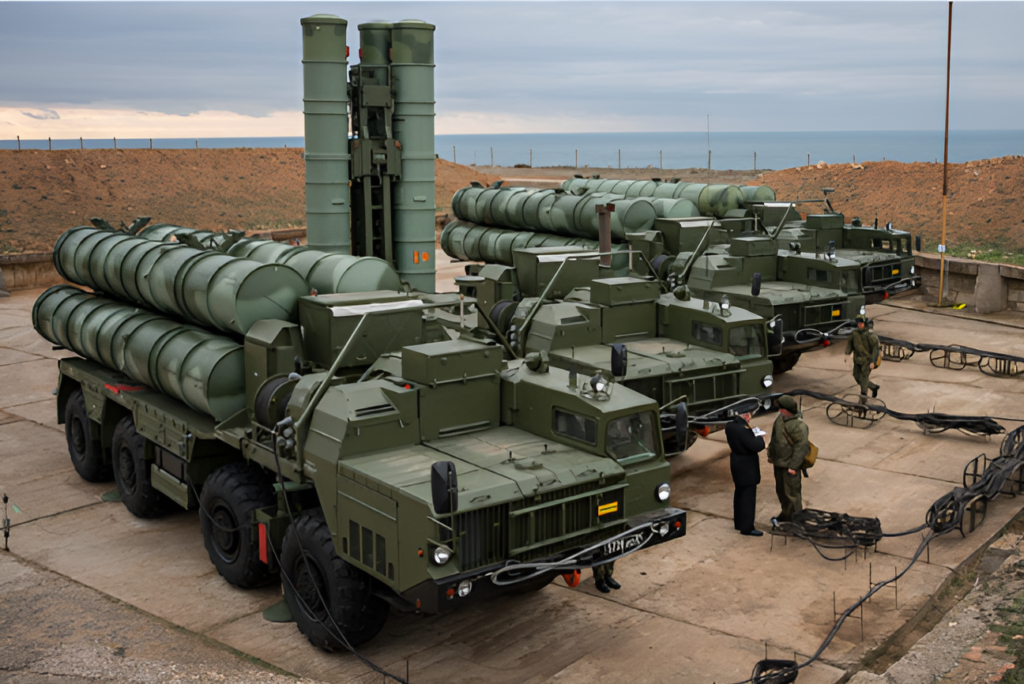
The S-300PMU-1, introduced into the Russian military in 1992, marked a significant leap forward in air defense technology, arriving just months after the dissolution of the Soviet Union. This advanced system revolutionized the capabilities of the existing S-300 family, featuring the first-ever deployment of multiple types of missiles for simultaneous interception. The standout missile, the 48N6E, boasted a remarkable 195km engagement range—more than double that of the original S-300P—and a large 150kg warhead, enabling the system to intercept even supersonic missiles. The missile’s speed of Mach 5.8 made it highly effective against fast-moving targets, while also challenging enemy aircraft to evade interception. Additionally, the S-300PMU-1 utilized two smaller, shorter-range missiles, the 9M96E1 and 9M96E2, with ranges of 40km and 120km, respectively, allowing for greater flexibility in targeting both medium and short-range threats at different altitudes. This versatile combination of missiles ensured a high probability of kill, even against smaller or faster targets, due to their gas-dynamic maneuvering system.
To complement these advancements, the S-300PMU-1 incorporated the 30N6E radar, significantly improving long-range tracking and engagement. The radar enabled the system to simultaneously engage and track up to six targets—an impressive 50% increase over previous models. Building on these innovations, the S-300PMU-2 entered service in 1997, refining the original system with enhancements to missile range, radar capabilities, and command post functions. Notably, the PMU-2 became the first system capable of targeting intermediate-range ballistic missiles, thanks to the addition of the self-propelled 96L6E acquisition radar.
The S-300PMU-2 laid the foundation for the development of the S-400, a system that would go on to define Russia’s air defense capabilities in the 21st century. Officially entering service in 2007, the S-400 expanded the S-300P platform’s capabilities even further, offering four types of long-range missiles: the 40N6 (400km range), 48N6 (250km), 9M96E2 (120km), and 9M96E (40km). This multi-layered missile approach enabled the S-400 to provide comprehensive protection against a wide range of threats, including aircraft, missiles, and drones, while benefiting from the support of specialized systems like the BuK-M3 and Pantsir.
What sets the S-400 apart from its global competitors, such as the U.S. Patriot and THAAD systems, is its impressive range and versatility. The Patriot and THAAD have maximum engagement ranges of just 160km and 200km, respectively, and each platform can only deploy a single type of interceptor missile. In contrast, the S-400 can target multiple threats simultaneously and use a variety of missile types, creating a much more adaptable and robust defense solution. A single S-400 system, consisting of eight battalions, can control up to 384 surface-to-air missiles from 73 launchers, offering unparalleled coverage and flexibility.
One of the most advanced features of the S-400 is its deployment of the 40N6 missile, a game-changer in terms of speed, altitude, and range. With a top speed of Mach 15 and the ability to engage targets at altitudes of up to 30km, the 40N6 can reliably strike targets up to 400km away. Its active radar homing system enables it to engage enemy aircraft and missiles even at great distances, with high precision. The missile is also capable of targeting low-flying targets as close as 5 meters, maneuvering at 20g for exceptional agility.
The 40N6 missile’s extraordinary range and capabilities have made the S-400 an invaluable asset for countries seeking to defend against advanced aerial threats. China, for example, was the first foreign customer to purchase the S-400, recognizing the system’s ability to provide comprehensive protection against aerial threats over Taiwan, as well as its potential to neutralize enemy aircraft far beyond their typical standoff range. The S-400’s 40N6 missile can engage high-value targets such as AWACS, tankers, and command posts, making large, vulnerable aircraft obsolete.
Beyond its range and firepower, the S-400 also stands out for its ability to detect and track stealth aircraft. Its powerful 91N6E radar can reportedly lock onto stealth platforms at ranges exceeding 150km, a critical capability given the proliferation of fifth-generation fighters and stealth bombers. The U.S. military has been particularly concerned about the spread of the S-400, given its potential to counter the effectiveness of American stealth aircraft, which rely on evading radar detection for mission success.
The S-400 has already proven itself as a force to be reckoned with in modern air defense. However, the possibility of even more advanced variants entering service—potentially incorporating technologies from the S-500, which offers even longer ranges and greater sophistication—suggests that the S-400 will remain a cornerstone of Russia’s defense strategy for the foreseeable future. The system’s combination of speed, precision, versatility, and range has cemented its place as one of the most formidable air defense systems in the world today

